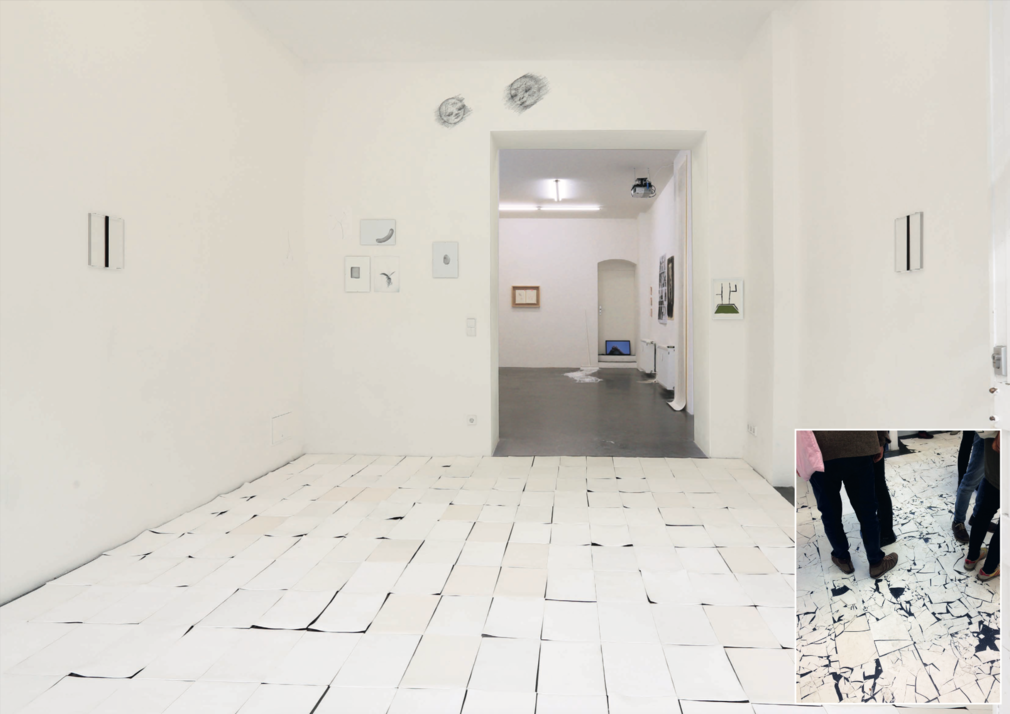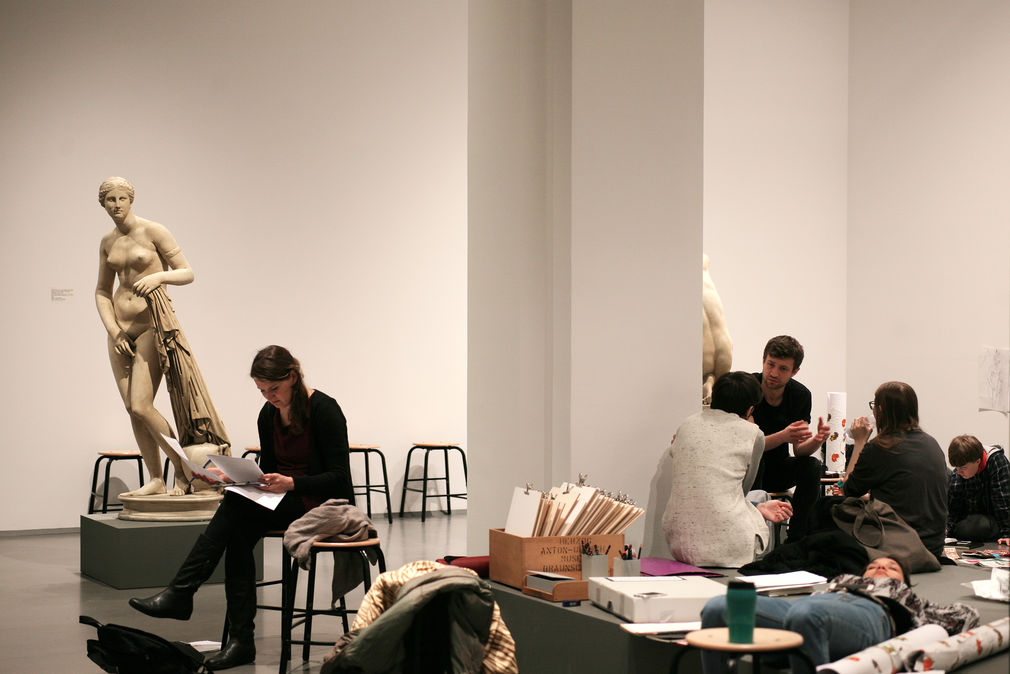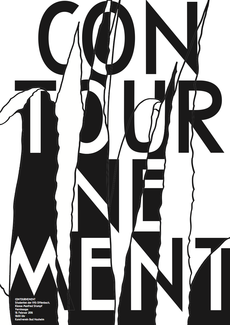Drawing
-
Prof. Nadine Fecht
T +49 (0)69.800 59-222
West wing, room D-401

Drawing is thinking
The field of drawing defines drawing as an autonomous, independent medium, as a broad field that can include very different modes of production: from the traditional understanding of head-hand-drawing-tool-line and illustrative drawing with pencil on paper to cross-media, contemporary forms such as social practices, sound, performances and digital techniques. In its expanded form, drawing is predestined to recapture and formulate familiar circumstances and contexts, to rethink them through drawing.
We deal with drawing: as a sketch, design, image, medium for notations, for initial clarification processes of new ideas, also as a preliminary form and finally in the context of other forms of artistic expression. We deal with the historical arcs and functions of drawing, influenced by Western Europe, but also with the approaches, traditions and forms of representation of other cultural contexts. We explore the specific qualities that arise for drawing in view of new technologies, in particular the shifts from analog to digital space and vice versa.
The basis for the development of independent artistic forms (in the extended field) of drawing is a working method that combines individual emotional observation and practical drawing with theoretical and content-related discussion. This combination motivates the students' commitment to the question of how their work functions in a social context.
In addition to plenary work meetings, individual discussions, excursions and experimental formats, changing thematic seminars within the field of drawing are an important component for students in the main study program. They serve as a basis for joint discussions, an approach to contemporary fields of negotiation and the development of a stringent artistic position.
Students present their work in plenary at least once a semester, take part in individual discussions, are open to experimental formats and have the opportunity to give short research presentations during the plenary.
For students in the main study program, participation in the seminar accompanying the subject of drawing with a changing focus is obligatory.


